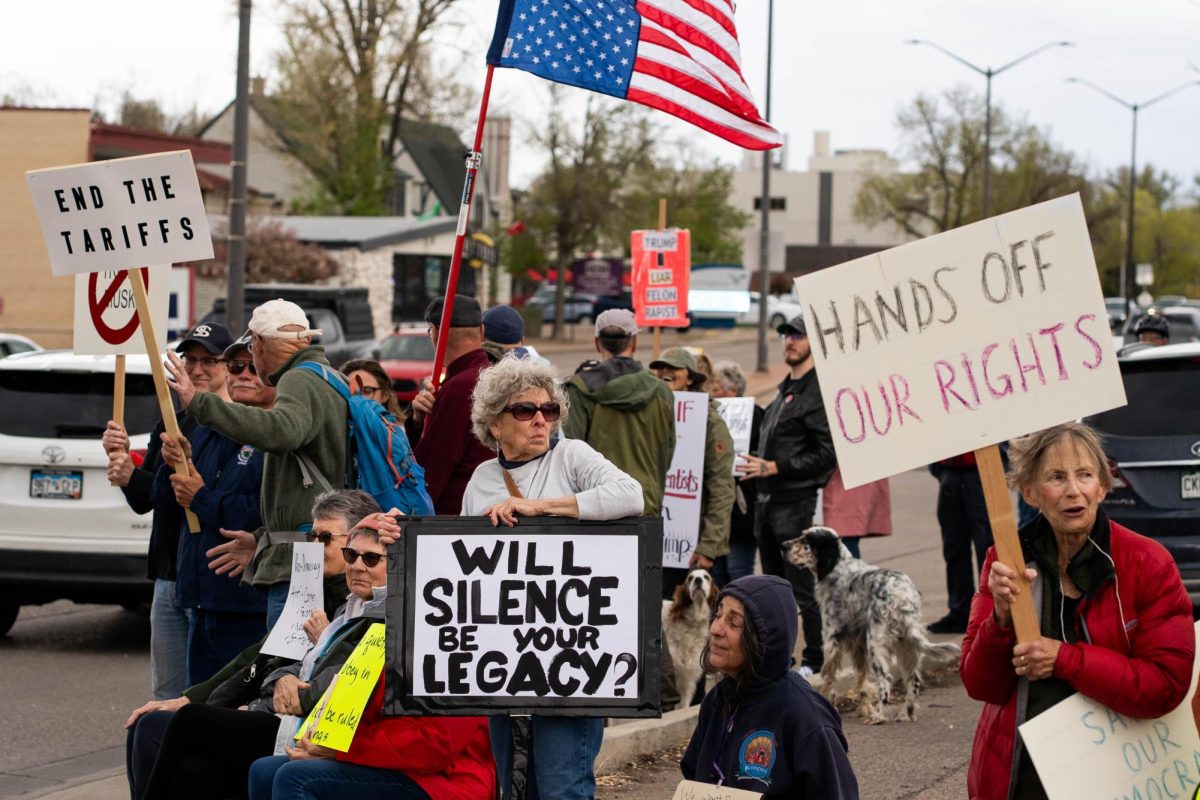When picturing political caucuses, one image that may come to mind is groups of adults clustered in different corners of the local high school gym, trying to convince others to join their side.
This image is only a small piece of the caucus puzzle, which Colorado Republicans and Democrats will put together March 7 during precinct caucuses.
Here is all the information you need to know before participating.
Who can vote in the caucus, and where do I go?
Ed Haynes, a volunteer and former chair of the Larimer County Republican Party, said unaffiliated voters cannot participate in the party caucus, but they can attend and observe.
Voter eligibility in party caucuses comes down to three requirements: a voter must be a resident of the precinct, registered to vote and affiliated with the party holding the caucus, all 22 days before the caucus. Seventeen-year-olds who are preregistered to vote with the party can participate in the caucus if they will turn 18 by the general election.
Every registered voter has a precinct number that designates the congressional district, state senate district, state house district, county code and precinct number. Voters can put their information into the Colorado Secretary of State’s website to find their precinct number.
According to the Larimer County Democrats’ website, precincts consist of approximately 1,000 registered voters and are redrawn every 10 years. A map of the Larimer County precincts is available on the county website.
The Larimer County Republican Party and the Larimer County Democrats have caucus locations available on their websites, but you must enter your registered voter address to view the Republican caucus locations.
The caucus gives the party a way to energize its voters, to find volunteers that want to help the party and the candidates.” -Ed Haynes, a Larimer County Republican Party volunteer
What do you even do at a caucus?
Chair of the Larimer County Democrats Gil Barela said the caucus is basically a neighborhood meeting where party members get together to decide who they want to support and who will represent them at the county and state assemblies.
At the March 7 caucus, Democrats and Republicans will elect precinct committee persons and delegates to attend the county assembly. The Larimer County Republican Party assembly is March 21, and the Larimer County Democrat assembly is March 29.
“We set up committees; we have … site managers that are there at the event itself,” Barela said. “We have 20 caucus sites throughout Larimer County, (and) we have 212 precincts throughout Larimer County, and so we try to divide those (committees) up among the precinct locations and then the caucus locations.”
Haynes said the party will prepare packets for each precinct caucus site that include information specific to the state house and senate district, the eighth judicial district and the county-wide candidates.
“The precinct leaders then conduct the meeting, and they’ll have an election for two precinct committee people and delegates to go to the county assembly,” Haynes said. “Typically, in our organization, a precinct will have between three and five delegates that will be elected to go to the county assembly.”
At the county assembly, Haynes said, the delegates will choose who goes to the state assembly and what candidates they want to see on the primary ballot. At the state assembly, delegates will be elected to attend the national assembly and will decide who appears on the Colorado June primary ballot.
The Colorado Secretary of State has a list of all candidates running for office in the state primary.
“The one thing about what you’ve seen about caucuses is that it accentuates the realities of how complex elections are to conduct because (the) rules that I must follow compared to caucus rules (have) no comparison,” said Angela Myers, Larimer County clerk and recorder. “Mine is a 3-inch thick book compared to a periodical.”
Why is there a caucus if I just voted in the primaries?
In 2016, Coloradans approved Proposition 107, which reestablished presidential primaries in the state. This change did not impact state and local elections for which parties will still hold biannual caucuses, Haynes said.
“The caucus gives the party a way to energize its voters, to find volunteers that want to help the party and the candidates,” Haynes said. “It also gives candidates a chance to mix with and mingle with people during the caucus and before and after as they work toward the nominating assemblies.”
The 2020 presidential primary is March 3; Democrats, Republicans, members of minor parties and unaffiliated voters can vote. The 2020 party caucus is March 7, and only registered Democrats and Republicans can vote.
For more comprehensive election information, visit the Colorado Secretary of State’s website.
Serena Bettis can be reached at news@collegian.com or on Twitter @serenaroseb.












